
Ukrainian drones are not only burning refinery rooftops they are reconfiguring the supply chain of Russia’s oil industry in ways that engineering constraint and sea-based enforcement are now making achingly apparent. What started out as a military effort to impede fuel production has snowballed into a system-wide pressure, from cracking towers in refineries to the loading arms of Baltic export terminals.
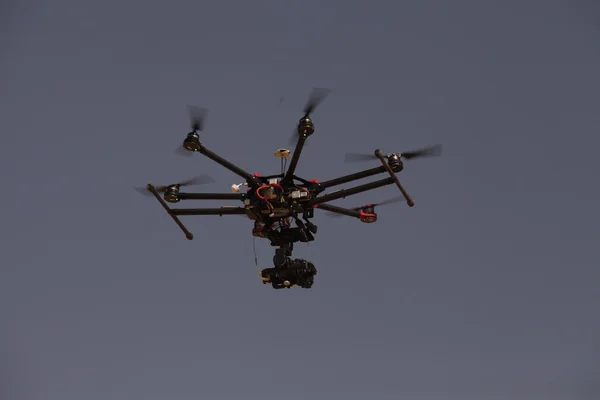
1. Precision Attacks on Key Refinery Infrastructure
Since last August, Ukraine has stepped up its long-range drone attacks, targeting at least 15 refineries in Russia’s European region and 21 total across the country since January. Several of these use kamikaze drones such as the UJ-26 Bobr, An-126 Lyutiy, FP-1, and turbojet-powered Peklo, with payloads of up to 200 kilograms and striking refinery units specifically cracking towers both difficult to repair and relying on sanctioned Western parts. Strikes have extended to installations 1,700 kilometers away from the border, including Bashkortostan’s Gazprom Neftekhim Salavat facility, illustrating the sortie capability of Ukraine’s drone fleet.
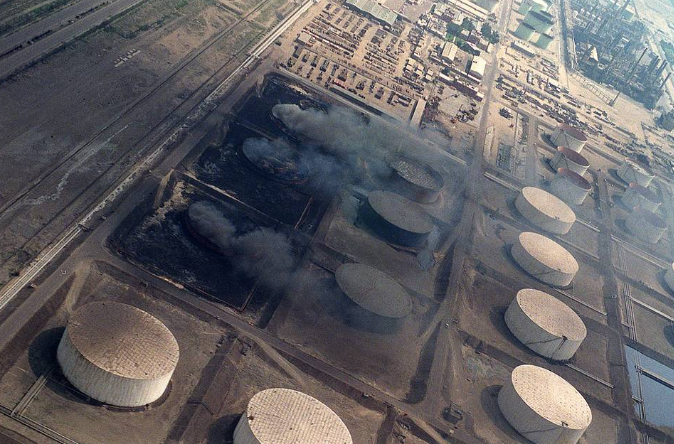
2. Engineering Impact on Refining Capacity
The attacks have pushed Russian refining runs under 5 million barrels per day, the lowest since April 2022. Estimation puts 38–40% of processing capacity <boffline, although the actual reductions in output are only 10–20% because of the excess primary distillation capacity in Russia. The chokepoint is secondary conversion units, so injury to one atmospheric distillation column tends to reduce gasoline output by around 30%, not 50%. However, pinpoint repeated attacks like repeated strikes against Ryazan and Volgograd plants are undermining Russia’s capability to quickly restore throughput.

3. Crude Diversion and Port Capacity Constraints
With Russian domestic fuel production being cut back, crude has been rerouted to export terminals. Four-week average volumes totaled 3.57 million barrels per dayby Oct. 5, close to a 16-month high. Yet western ports Primorsk, Ust-Luga, and Novorossiysk are approaching their designed throughput capacity. Primorsk and Novorossiysk are close to their capacities, and Ust-Luga’s volumes are below its October 2024 peak. Total spare capacity is only 165,000–265,000 barrels per day, limiting further export expansion.

4. Seaborne Engineering Limits of Export Terminals
These terminals have strict physical limitations: berth availability, pump rates, and tank turnover. Primorsk’s pipeline feed systems and loading arms were sized for steady-state rates, not surge volumes. Novorossiysk’s Black Sea terminal introduces navigational chokepoints, while Ust-Luga’s underutilization is due to pipeline routing and blending needs for export grades. Absent major infrastructure growth i.e., impracticable under sanctions Russia’s crude export limit is de facto fixed.
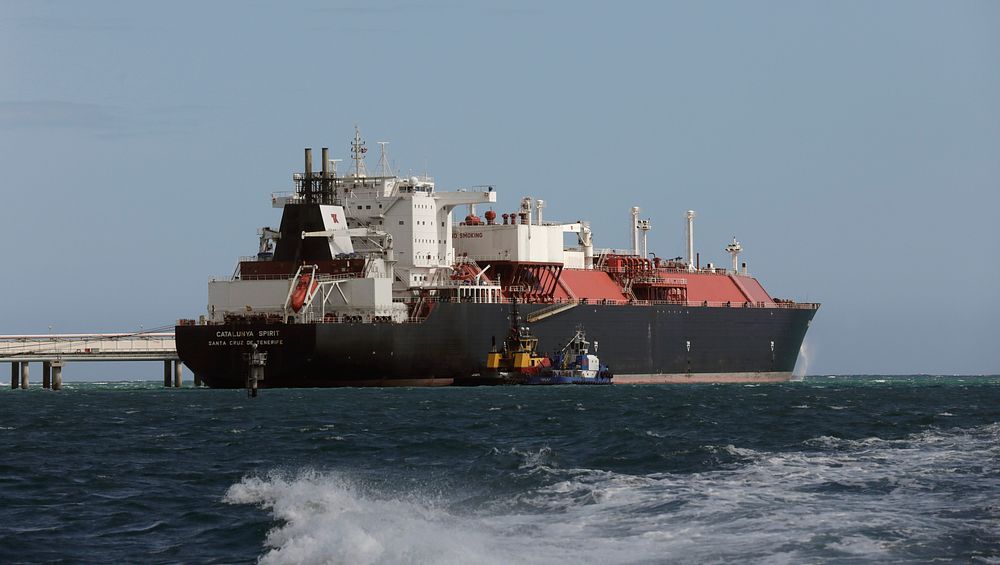
5. Sanctions Enforcement and the Shadow Fleet
Europe is cracking down on Russia’s “shadow fleet,” a fleet of some 1,300 old tankers that sail without clear ownership or insurance. The French recently boarded the tanker Boracay for flagless sailing, and Denmark is boosting emissions surveillance in the Baltic approaches. The EU’s forthcoming 19th sanctions package has the potential to blacklist more than 100 more ships and hit refineries and traders in third countries. Enforcement is partly driven by environmental risk: at least five shadow fleet tankers have leaked oil into European waters in the past year, with cleanup costs for a major spill estimated at €1.4 billion.
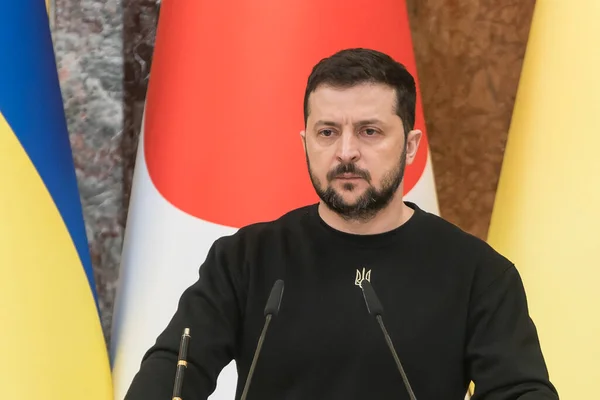
6. Tactical Integration of Drone Campaign and Sanctions Pressure
Ukraine’s attacks coordinate with Western sanctions by compelling Russia to drive more crude into bottlenecked export routes, increasing the economic squeeze. Fires at refineries have been characterized by President Volodymyr Zelensky as “the most effective sanctions” since they impose direct limitations on Russia’s oil sector. The combination of physical damage and regulatory choke points places a higher likelihood on revenue shortages even when crude exports are high in volume.

7. Civilian and Market-Level Consequences Inside Russia
Fuel shortages have occurred in areas distant from the political center of Moscow, with wholesale petrol rising 40% since January and rationing in Siberia and Crimea. State price controls hinder retailers from raising prices to reflect higher wholesale levels, threatening to undercut the independent filling station network that accounts for 60% of Russia’s outlets. Sanctions on components and replacement of sophisticated units complicate engineering repairs to destroyed refineries, prolonging downtime and reinforcing supply deficits.
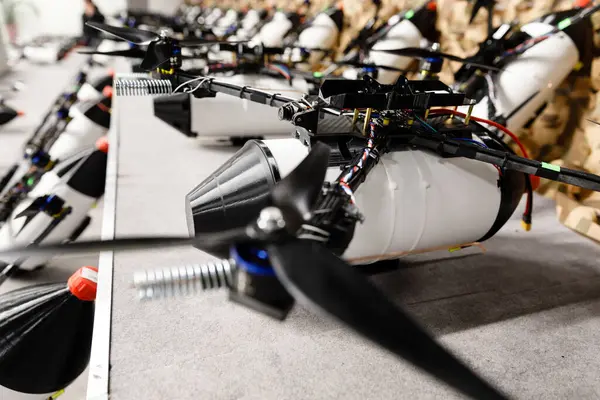
8. Future Outlook and Sustained Strike Capacity
Ukraine’s drone production facility, supported by the Drone Coalition’s $3 billion funding in 2025, will produce 1.5 million drones this year, with a focus on “long fist” capability. Since three-quarters of Russia’s refining capacity is within 2,000 kilometers of Ukraine, repeated or escalated strikes could maintain much of processing offline. Repair teams will have a race they are not likely to win if strike tempo picks up.

Russia’s oil system is now subject to a triad of pressures: precision targeting of refinery facilities, hard caps on export terminals, and escalation of maritime sanctions. Each on its own is difficult; all three together constitute a structural constraint that engineering adaptability and logistical resourcefulness may not dissuade speedily.


